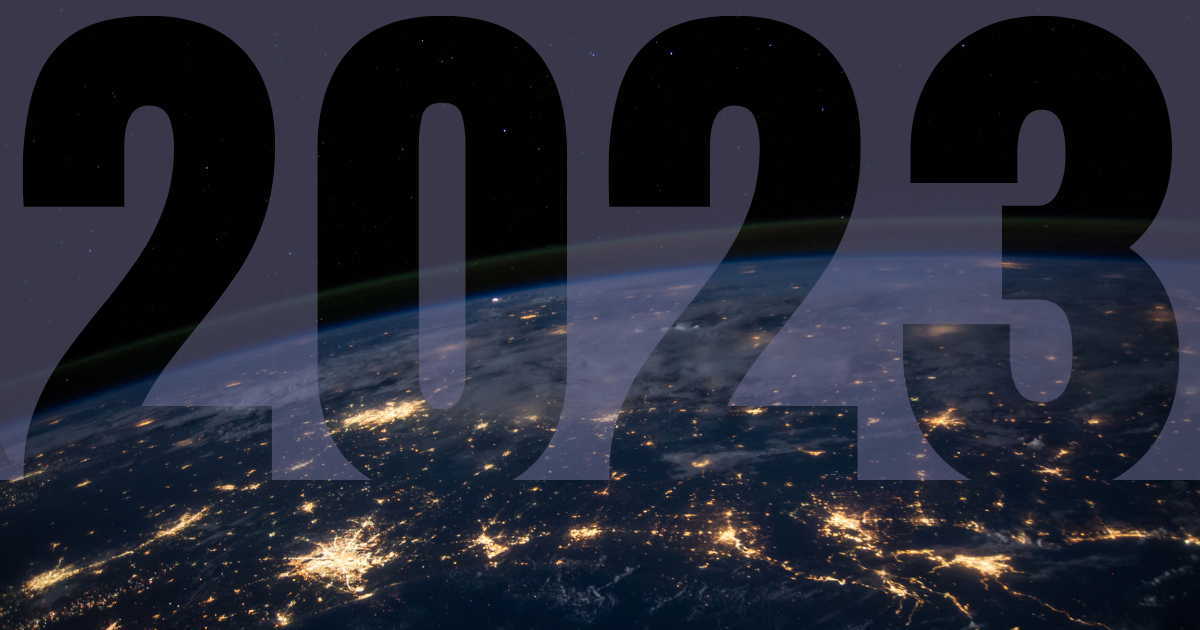
Dinosaur National Monument Designated as an International Dark Sky Park

Dinosaur, Colorado and Jensen, Utah – Dinosaur National Monument and the International Dark-Sky Association are pleased to announce the designation of Dinosaur as an International Dark Sky Park. This distinction recognizes the skies above Dinosaur as having an exceptional quality of natural darkness while efforts on the ground actively contribute to enjoyment and protection of dark skies for future generations.
The International Dark Sky Places Program was founded in 2001 to encourage communities, parks, and protected areas around the world to preserve and protect dark sites through responsible lighting policies and public education. Dinosaur now joins over 100 locations that have followed a rigorous application process that demonstrates robust community support for dark sky protection and documents designation-specific program requirements.
“We are proud of this accomplishment,” says Dinosaur National Monument Superintendent Paul Scolari, “and we’re committed to continuing to work with surrounding communities to uphold the high standard set by the IDA in order to protect the magnificence of the night sky in our region moving forward.”
Dinosaur National Monument spans nearly 211,000 acres across high desert peaks and river canyons in northeast Utah and northwest Colorado. Dinosaur becomes the fifth internationally recognized Dark Sky Place in Colorado, the twelfth in Utah, and the second in Uintah County. Its location near US Highway 40, between Salt Lake City and Denver, puts it within an easy day’s drive of millions of people who can no longer see the Milky Way from their backyards because of increased light pollution.
“Visitors from around the world are finding that star-filled skies at Dinosaur are often as novel and awe-inspiring as fossil-filled rocks,” says Park Ranger Sonya Popelka. “Residents of rural areas and avid campers may have more experience with natural cycles of the sun, moon, and stars. Urban residents may find a stargazing program or guided night hike in a park setting to be their first experience with true darkness. Our goal is to invite everyone to learn about and enjoy the benefits of nights without too much artificial light. And, with a few simple tips for adopting night-sky friendly lighting in their own communities, they can bring that starry view home with them.”
The monument’s 2019 public program schedule includes 35 opportunities to explore Dinosaur’s dark side, starting with a special presentation from 9:00 to 10:00 PM on May 4th outside the Quarry Exhibit Hall. Join rangers and volunteers for a tour of the sky, participate in dark sky measurements as citizen scientists, and evaluate different outdoor lighting options. Limited parking is available in the upper lot at the Quarry Exhibit Hall, overflow parking is available in lower lots. A stargazing program at the Gates of Lodore on June 8th and a full moon hike in Echo Park on June 17th commemorate the 150th Anniversary of the John Wesley Powell Expedition. The regular line-up of night sky programs at Dinosaur from June 24th through September 13th includes Stargazing with Telescopes, Night Sky for the Naked Eye, Night Hikes Under Moonlight, and the annual Skies Over Dinosaur Astronomy Festival. Details for these and other programs can be found on the Guided Tours and Calendar of Events pages on the monument’s website www.nps.gov/dino.
“Our ranger staff is developing a terrific program line-up” says Scolari, “so when the sun starts to scorch, come out to Dinosaur on a cool night and check out the marvels the sky has to offer.”
darksky.org
About the International Dark-Sky Association: IDA’s mission is to preserve and protect the nighttime environment and our heritage of dark skies through environmentally responsible outdoor lighting. Learn more at darksky.org.
www.nps.gov
About the National Park Service: More than 20,000 National Park Service employees care for America’s 419 national parks and work with communities across the nation to help preserve local history and create close-to-home recreational opportunities. Learn more at www.nps.gov.



















